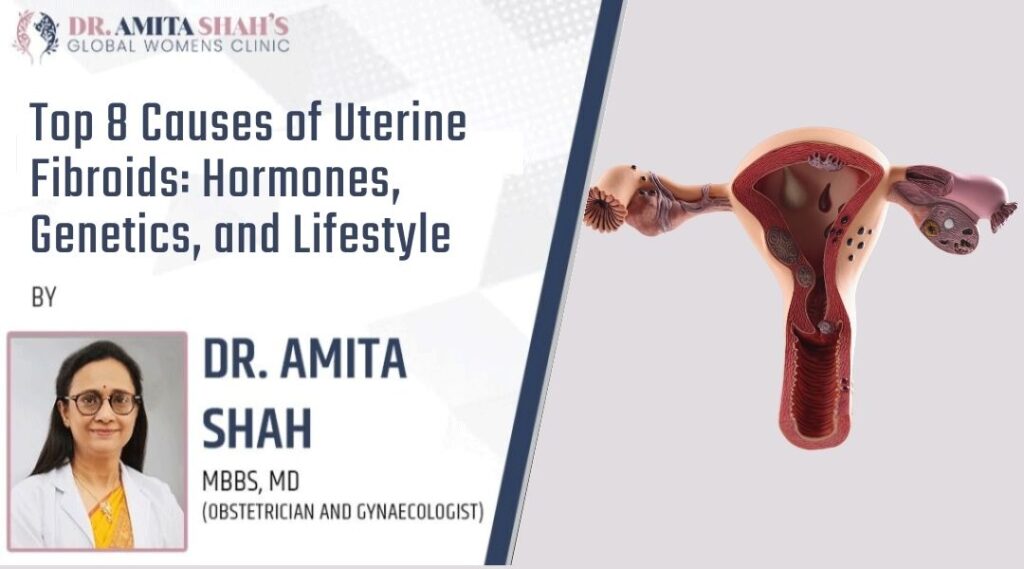Uterine prolapse is a condition in which the uterus descends from its normal position and bulges into the vaginal canal. It occurs when the pelvic floor muscles and ligaments, which normally support the uterus, become weakened or damaged, allowing the uterus to drop.
Uterine prolapse can range from mild to severe, depending on the extent to which the uterus has descended. In mild cases, the uterus may only bulge slightly into the vaginal canal, while in severe cases, the uterus may prolapse outside of the body.
Several factors can contribute to uterine prolapse, including:
1) Childbirth: Pregnancy and childbirth can weaken the pelvic floor muscles and ligaments, increasing the risk of uterine prolapse. Women who have had multiple births or difficult deliveries are at higher risk.
2) Menopause: The decline in estrogen levels during menopause can also weaken the pelvic floor muscles and ligaments, increasing the risk of uterine prolapse.
3) Chronic coughing or constipation: Chronic coughing or straining during bowel movements can put pressure on the pelvic floor muscles and ligaments, increasing the risk of uterine prolapse.
4) Obesity: Excess weight can put additional pressure on the pelvic floor muscles and ligaments, increasing the risk of uterine prolapse.
5) Family history: Women who have a family history of pelvic floor disorders are at higher risk of developing uterine prolapse.
Uterine prolapse is classified into four stages based on the degree of descent of the uterus into the vaginal canal. The stages of uterine prolapse are:
Stage 1: Mild Prolapse: The uterus is slightly descended into the vagina, but remains inside the body. Women with Stage 1 prolapse may not experience any symptoms.
Stage 2: Moderate Prolapse: The uterus has descended further into the vagina and may be visible outside of the body when the woman is standing. Women with Stage 2 prolapse may experience symptoms such as pelvic pressure, discomfort during intercourse, and difficulty with bowel movements.
Stage 3: Severe Prolapse: The uterus has descended significantly into the vagina and may prolapse outside of the body, especially when the woman is standing. Women with Stage 3 prolapse may experience a range of symptoms, including pelvic pressure, low back pain, urinary incontinence, and discomfort during physical activity.
Stage 4: Complete Prolapse: The uterus has prolapsed outside of the body and is visible in the vaginal canal. Women with Stage 4 prolapse may experience a range of symptoms, including difficulty with bowel movements, urinary incontinence, and painful intercourse.
It’s important to note that not all women with uterine prolapse will progress through all stages of the condition, and the progression of the condition can vary from woman to woman.
Symptoms of Uterine Prolapse:
1) Urinary incontinence: Uterine prolapse can cause stress incontinence, which is the involuntary loss of urine when coughing, sneezing, laughing, or engaging in physical activity. Women with uterine prolapse may also experience urge incontinence, which is the sudden and strong need to urinate.
2) Fecal incontinence: Women with uterine prolapse may experience difficulty controlling bowel movements, leading to faecal incontinence.
3) Pelvic pain: Uterine prolapse can cause pain or discomfort in the pelvic area, especially during intercourse.
4) Discomfort during physical activity: Women with uterine prolapse may experience discomfort or pressure in the vaginal area during physical activity, such as exercise or prolonged standing.
It’s important to seek medical attention if you are experiencing symptoms of uterine prolapse, as the condition can often be effectively managed with treatment.
Treatment of Uterine Prolapse:
The treatment of uterine prolapse depends on the severity of the prolapse and the woman’s individual needs and preferences. In many cases, the following treatments may be recommended:
1) Lifestyle modifications: Making changes to your lifestyle can help reduce the symptoms of uterine prolapse and slow the progression of the condition. This may include:
-Maintaining a healthy weight
-Avoiding heavy lifting or straining
-Practicing pelvic floor exercises
-Treating any chronic conditions, such as coughing or constipation, that may contribute to the prolapse
2) Pessary: A pessary is a removable device that is inserted into the vagina to support the uterus and reduce symptoms. Pessaries come in different shapes and sizes and can be used on a temporary or permanent basis, depending on the woman’s individual needs and preferences.
3) Hormonal therapy: Estrogen therapy may be recommended to help strengthen the pelvic floor muscles and ligaments, reducing the risk of further progression of the prolapse.
4) Surgery: In severe cases of uterine prolapse, surgical intervention may be necessary to correct the prolapse and alleviate symptoms. This may include a hysterectomy (removal of the uterus) or a reconstructive procedure to repair the pelvic floor muscles and ligaments.
It’s important to work closely with your doctor to determine the best treatment plan for your individual needs and preferences. The goal of treatment is to alleviate symptoms, improve quality of life, and prevent further progression of the condition.
Related Topics
What is a Birth Control Pill?
What is Hysterectomy?
































